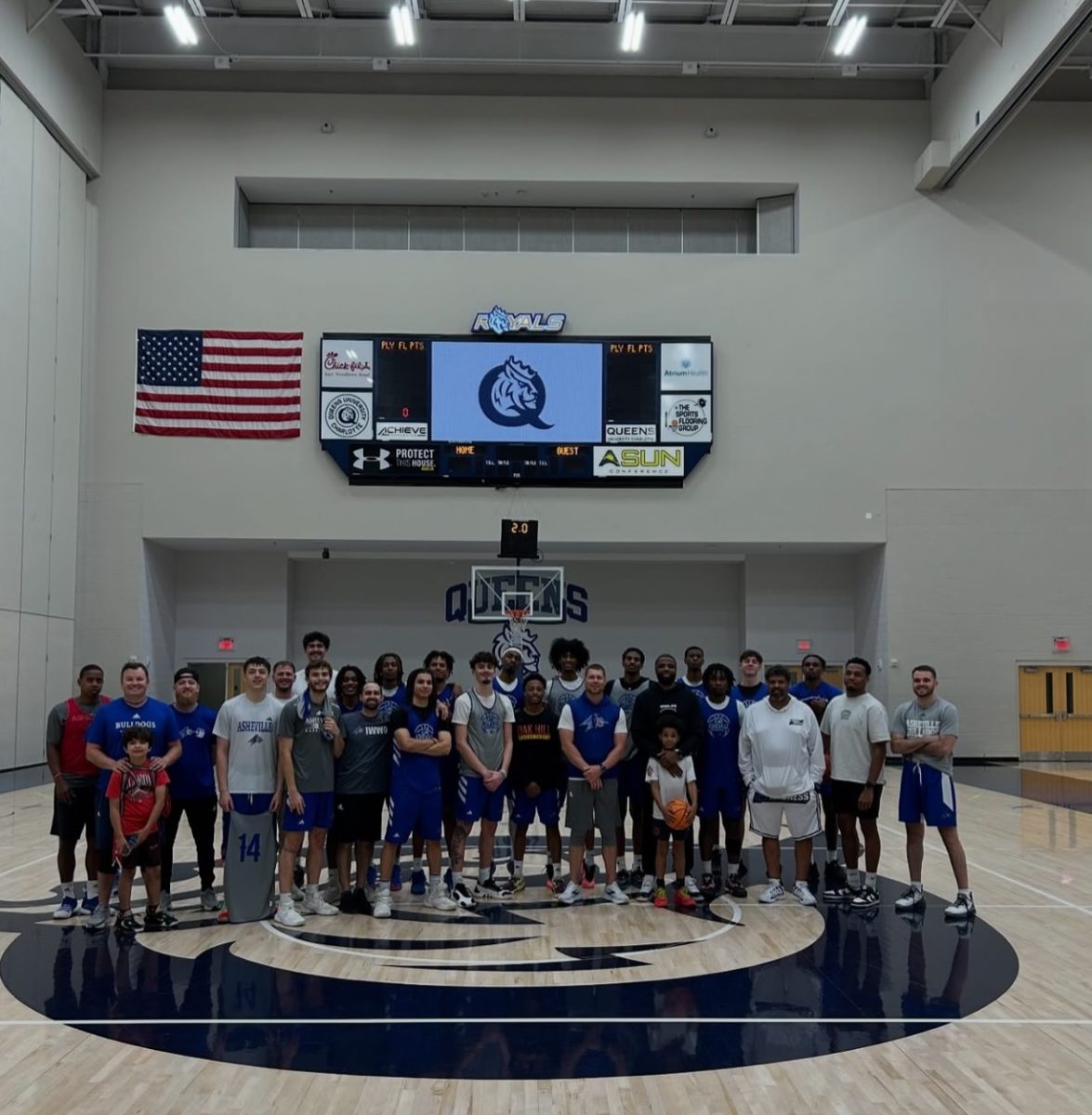As higher education evolves, the debate between a structured syllabus approach and a more flexible, non-syllabus model has become increasingly relevant. Both methods offer distinct advantages and challenges, shaping students’ academic experiences and outcomes in unique ways.
A syllabus-driven course provides students with a clear outline of expectations, deadlines and course content. This structure helps learners stay organized and reduces uncertainty as students know exactly what to expect each week. For many, this predictability lowers stress and keeps them on track with coursework.
However, the rigidity of a strict syllabus can sometimes lead to burnout. Students may feel pressured to keep pace regardless of personal circumstances, with little room to adjust their schedules or explore topics in greater depth.
“The structured syllabus helps me stay organized but sometimes I feel like I’m just going through the motions. There’s little room for exploring topics in-depth or taking a break when I need it,” said UNCA student Josh Banks.
In contrast, a non-syllabus approach offers students greater flexibility and autonomy. Learners can adjust their pace, take breaks when needed and dive deeper into areas of personal interest. This model fosters a sense of ownership over the learning process, which can increase motivation, engagement and creativity.
Students in flexible programs often report improved stress management and better work-life balance, as they can align their academic responsibilities with personal needs.
“I really appreciate the flexibility in my program. It allows me to focus on topics that interest me most, like stream ecology, which we studied at the botanical gardens,” said Emily Allen, environmental studies major.
Similarly, psychology major Addison Green found the ability to adjust her pace fostered creativity and resilience, much like how botanical gardens repurpose materials to create new learning spaces.
The non-syllabus model requires strong self-discipline. Without clear deadlines, some students may struggle with procrastination or find it difficult to stay motivated without external structure.
“I like knowing exactly what’s expected of me each week, but it can be overwhelming when things don’t go as planned. I wish there was more flexibility to adjust my schedule without falling behind,” said Ace Rubio, a first-year computer science student.
Research and student feedback suggest flexible, learner-centered environments can boost engagement, creativity and academic performance. Students who feel supported and have more control over their learning are more likely to stay engaged and complete their programs. Flexible learning spaces also foster collaboration, critical thinking, and improved well-being.
However, experts caution that flexibility does not mean a lack of accountability. The most effective courses often blend structure with adaptability, offering progress checkpoints and clear goals while allowing room for individual pacing and exploration. This “structured flexibility” supports both academic rigor and student wellness, helping learners manage stress and achieve deeper understanding.
While both syllabus and non-syllabus approaches have their merits, many educators and students find the greatest success in a balanced model that combines structure with flexibility. Clear guidelines and deadlines provide necessary support, while adaptable elements empower students to take charge of their learning journey.


















